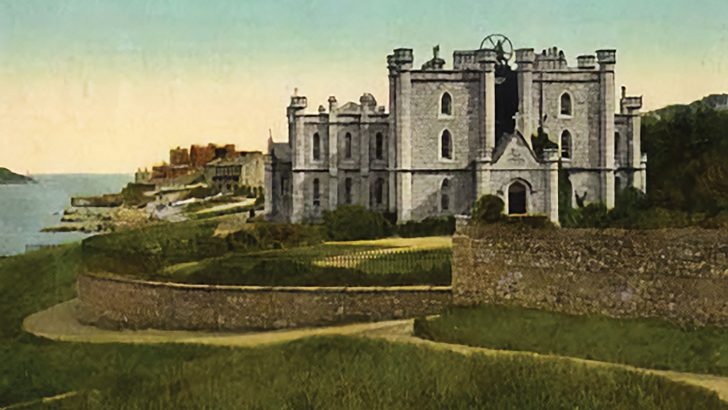Teresa Ball and Loreto Education: Convents and the Colonial World 1794 -1875 by Deirdre Raftery (Four Courts Press 2022)
Frances Ball was born in Dublin on January 9, 1794. John Ball, her father, was a wealthy Dublin silk merchant. Although a convert, he was at that time one of the most prominent Catholic citizens of Dublin.
From 1803 to 1808 Frances attended St Mary’s Convent of the Institute of the Blessed Virgin Mary (IBVM) in York in the north of England. The Institute had been established by Mary Ward at St-Omer in Flanders in 1609. Its main remit became the Catholic education of girls.
After her return to Dublin Frances assisted her sister in charity work, frequently visiting the homes of the sick and the poor and teaching catechism. Through these activities she came into contact with the future archbishop of Dublin, Dr Daniel Murray.
In 1814 she decided to be a nun and agreed to Murray’s suggestion that she found a new and autonomous branch of the IBVM in Ireland. She returned to York as a teacher and novice in 1814 and was professed in 1816 and given the name Mary Teresa. She opened her first convent in Ireland at Rathfarnham in Co. Dublin in 1822. Having a devotion to the Marian Shrine at Loreto, a village in Italy, she named the mother house Loreto and thereafter the members of the IBVM were known as “the Loreto Sisters”.
Displaying remarkable confidence and energy, Mary Teresa set up two other convents in Dublin, and there followed foundations across Ireland: Navan (1833), Gorey (1843), Clontarf (1847), Bray (1850), Fermoy (1853), Letterkenny (1854), Omagh (1855), Kilkenny (1859) and Killarney (1860). Beginning in 1841 under her supervision the order also spread to India – three foundations – Mauritius (1844), Gibraltar (1845), Toronto (1847) and Cadiz (1855).
Attached to each convent was a fee-paying school for the daughters of middle-class families. Also attached to it was a free-school for the children of the poor who resided in the area and the poorer pupils were generally provided with meals. The IBVM was structured along the lines of the Society of Jesus, hence the education it provided was based on the Jesuits’ Ratio Studiorum. The quality of that education was universally acknowledged and a Loreto education came to be highly prized.
Mary Teresa’s evangelistic endeavours were not always successful. She failed in her attempt to establish a convent and school in Manchester. The school she opened in Gort, Co. Galway, in 1852 did not attract a sufficient number of pupils and was closed in 1854.
Nevertheless, most of her ventures were successful and by the end of her life she had founded 38 convents and schools. In the latter half of her life, she was mainly concerned with the health and well-being of the Loreto Sisters. She also had to cope with bishops and priests, especially those overseas, who sought to divert the Loreto Sisters under their jurisdiction into pastoral services other than the administration and staffing of schools.
Most concern
The issue which caused Mary Teresa most concern was what Archbishop Cullen described as the ‘Green Schism’. In October 1854, to cope with internal strife within the community in St Stephens Green, Mary Teresa replaced the superior, Mother Justina D’Arcy. This prompted D’Arcy and her supporters to request the archbishop to separate the convent from Rathfarnham and the jurisdiction of Mary Teresa Ball. The stand-off was not resolved until 1858.
Mary Teresa stepped down from the leadership of the Loreto Sisters in January 1861. Sensing the nearness of death she requested to be transferred from Loreto abbey, the motherhouse, to Dalkey Convent, where she died on May 18, 1861.
Apart from the informative and interesting narrative, this study also provides a wealth of useful and valuable information in a number of appendices. The Loreto Sisters have in Deirdre Raftery a most worthy chronicler.


 Loretto Abbey, Dalkey, at the end of the 19th century.
Loretto Abbey, Dalkey, at the end of the 19th century. 